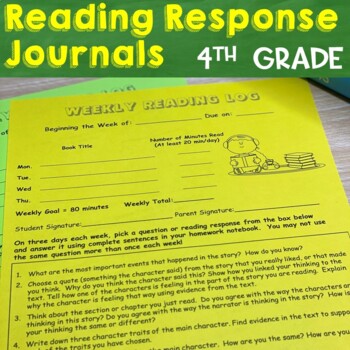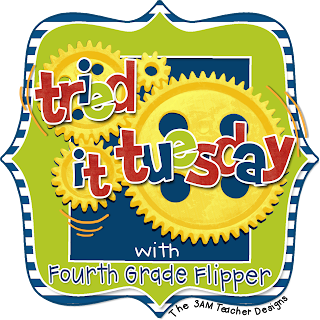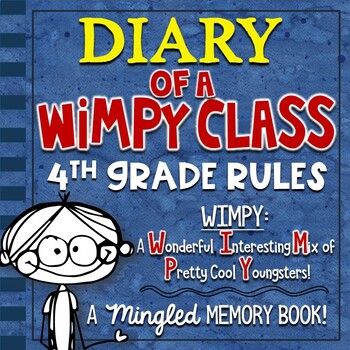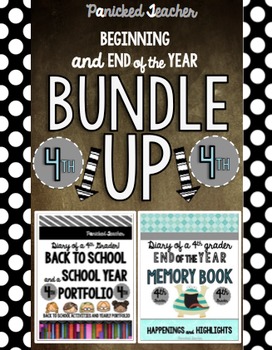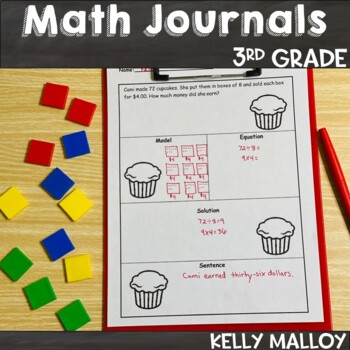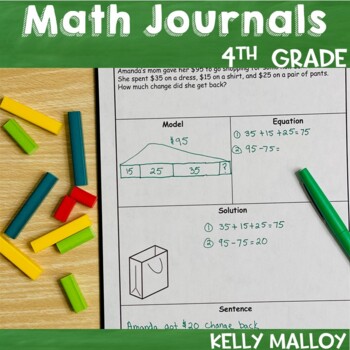I am late for my chapter post - I am so sorry! But last night was Palmer's graduation.
I obviously knew this ahead of time and planned on pre-scheduling my post but this happened...
and we had to have an unexpected surgery and follow up appointment. He fell off some playground equipment during one of Tyler's baseball games :(
He is handling it well, but needless to say, I have been running around like a chicken with my head cut off since this was our last week of school!
I hope you forgive me, but I have a giveaway to make it up to you!
Now, onto my chapter of 100 Minutes -Making Every Minute Count in the Literacy Block.
If you haven't
bought the book yet, you still can - it will be a great summer read! Keep reading to see how you can win a $25 Amazon gift card to help you purchase the book : D
You can read my previous posts below:
Chapter 1
Chapter 2
My thoughts on Chapter 3:
Lisa Donohue opened this chapter with a blog post she had written about the magic of the read aloud. I also have fond memories of read alouds with my own teachers during my childhood. Like Lisa, there are STILL days when I say that I want to move to Australia when I have a bad day because of
Alexander and the Terrible, Horrible, No Good, Very Bad Day. Read alouds are also a sacred time in my classroom today. If we have to let go of anything during the day due to special occurrences (assemblies, fire drills, etc.) I will NOT give up my read aloud.
This year I experimented with using whole group novels for some of our read alouds. I still was the one reading, but each student had a copy of the text to follow along with as I read and to look back through when answering questions to refer to text references. Many teachers I talked to disagreed with the use of a whole class novel, especially because of differentiation needs. I love that Lisa Donohue addressed that you could still use whole group instruction, but still provide for varying needs.
Whole group lessons are a time to model reading strategies. She notes that the purpose of reading strategies is not to give students a checklist of activities to accomplish, but rather is to provide them with a tool kit of strategies to use as they work to comprehend a given text.
It is also important for students to have an opportunity to talk through texts. I have often heard it said that we do not allow students enough opportunity to talk in class, but instead as teachers do most of the talking. I always try to keep in mind, that the person doing the work is the one who is learning. If I am talking, i am learning - if the students are talking - they are learning. Donohue recommends several ways to develop a talk-centered classroom with sample talk partner success criteria, and sample questions to ask students to encourage deep thought.
I also love that she provided web site resources and sample questions to use with these resources. Our students are growing up in a digital world, and they need to be able to navigate these resources as well.
I think one of the most valuable portions of this chapter are the suggested questions. I love how just a small modification can result in such deeper thinking. For example, she says:
"instead of asking... How did the main character feel at the end of the book?"
"try asking: How do you know that the main character learned an important lesson through the book?"

I am going to really think about the questions I will ask during read alouds next year.
If you are reading along with this book, feel free to join in the discussion by linking up below. I am looking forward to reading everyone else's thoughts and reflections!
Next up- Chapter 4: Reading Around the Literacy Block
a Rafflecopter giveaway















